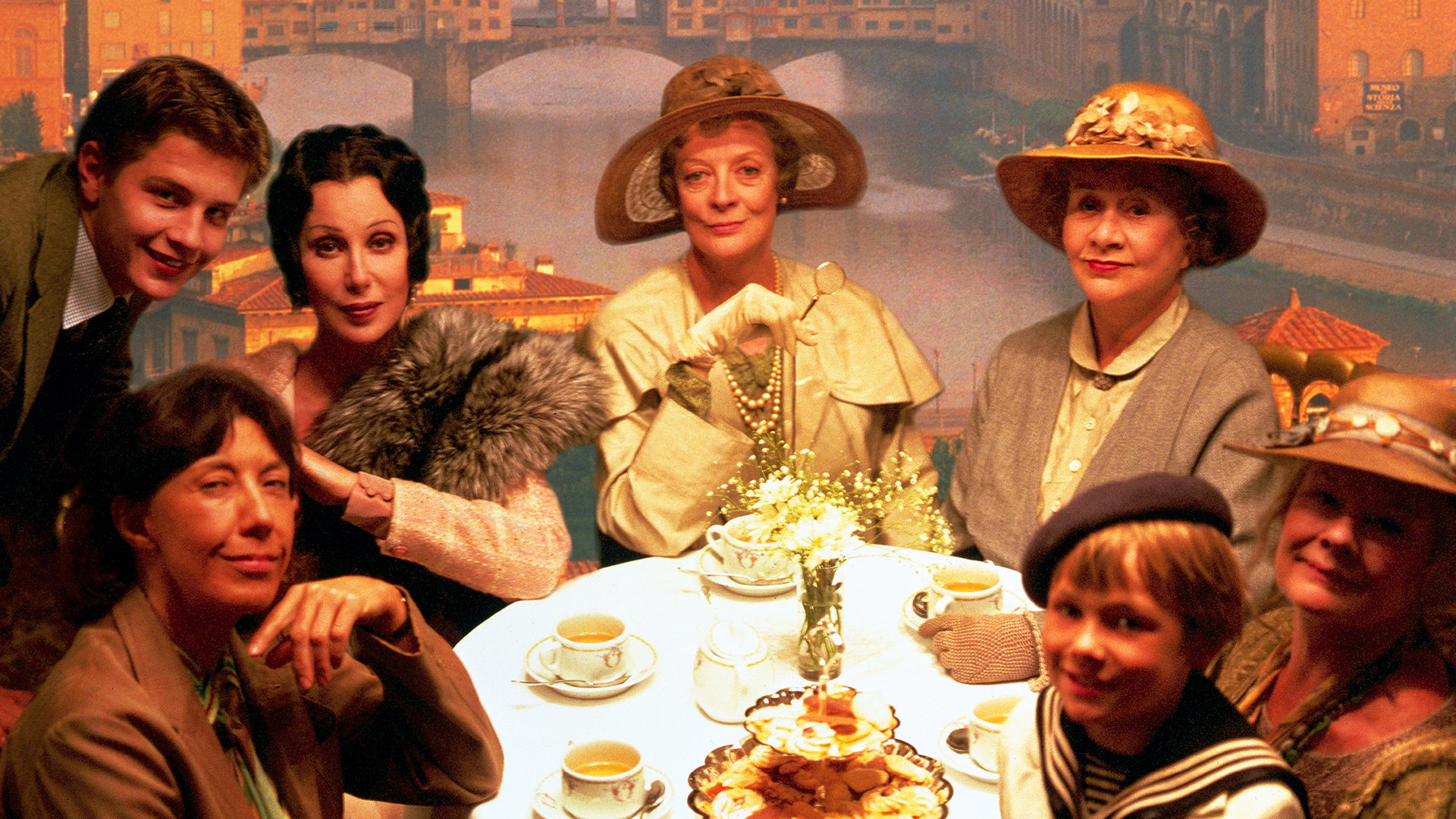We are often warned against judging books by their
covers and told to be wary of grass that looks too green on the other side of
the fence. Yet, despite having been instilled with these lessons since
childhood, we all still fall into the inevitable trap of comparing ourselves,
usually negatively, to those around us. This habit, while all too human, serves
little purpose but to blind us to the better aspects of our own lives in favor
of an ideal that may not be all that it appears. The 1953 drama The Barefoot Contessa perfectly captures
both the ease with which we are all too often seduced by appearances and the darkness
that can lurk behind even the glossiest of surfaces.
| Flamenco; hotter than twerking since 1954 |
The story begins in flashback as a series of
acquaintances and friends gather at the funeral of Hollywood sensation Maria Vargas
(Ava Gardner). As the funeral gets underway, each of the men who were closest
to Maria reflect upon their relationships with her and her influence upon their
lives. With each new reminiscence, however, emerges a new and distinct version
of Maria as her publicist (Edmond O’Brien) recalls the glamour girl he
promoted, her husband (Rosanno Brazzi) looks back on the woman he loved and
lost, and her director (Humphrey Bogart) remembers his much missed friend. At
the film’s start Maria’s life of fame, fortune, and luxury seems nothing short
of enviable, leaving viewers all the more curious as to the cause of her
mysterious death. As the film progresses, however, the layers of makeup and
marketing are stripped away until all that remains is the poverty stricken
dancer director Harry Dawes first met at a Madrid nightclub. The story
eventually takes on a cautionary tone as it is revealed that throughout her
life, the people in Maria’s life continually tried to control and manipulate
her, and that only in death was the elusive star truly free. By the film’s
shocking finale, it revealed that Maria’s glittering life was far from golden
despite what the public had been led to believe.
While Hollywood has chronicled the dangers of its fame
machine both before and since the release of The Barefoot Contessa, few films have done so in such a subtle or
realistic fashion. Unlike fellow Hollywood tale Sunset Boulevard, which emphasized the excess of life on the big
screen, The Barefoot Contessa abandons
all histrionics in favor of a deceptively simple tale of one actress’ meteoric
rise and tragic fall. By utilizing multiple narrators the film also succeeds in
balancing divergent tales as Maria’s outward success is chronicled while she
continues to battle her inner demons behind closed doors. These dual tales in
turn highlight both the falsities of fame and the ways in which private
struggles are often masked by public success. As a result, the film is a
cautionary tale that emphasizes the pitfalls not just of life in the fast lane,
but also of trusting in the lure of appearances. This warning remains
particularly relevant in today’s age of social media in which we are constantly
bombarded by the supposed excitement, happiness, and success of our friends and
acquaintances, all while their hardships and shortcomings remain carefully
obscured.
| Yes men; no actress' ensemble is complete without one |
The cast brings a diverse array of characters to life
in roles that easily could have been reduced to types. Warren Stevens is both
formidable and pitiful in his portrayal of Kirk Edwards, the bitter Hollywood mogul
who first discovers Maria. Similarly, Mari Aldon and Marius Goring light up the
screen in their brief but memorable performances as Kirk’s tragic alcoholic
girlfriend and a smarmy South American playboy who attempts to add Maria to his
collection of showy possessions. Rosanno Brazzi adds depth to his role as Maria’s
husband as he develops from a cardboard, Prince Charming-esque, love interest
to a haunted character whose outward calm masks his internal battle against a
traumatic past. Edmund O’Brien provides a comic center to the dramatic proceedings
as Maria’s bumbling publicist, who by the film’s finish finally learns that
there is more to living than promoting other people’s lives. Despite the array
of fine performances surrounding them, the film truly belongs to Bogart and
Gardner in their roles as Maria and Harry. Any questions concerning Gardner’s
talent can be ended with one viewing of this film as she evolves from ambitious
new-comer desperate to escape her circumstances to established star for whom
happiness remains elusive. Gardner also deserves an extra nod for her
successful imitation of a Spanish accent in the film’s early scenes and sensual
performance of a unique take on the flamenco. Bogart brings his usual world-weary
charisma and breathes new life into his persona by imbuing Harry with a
fatherly tenderness as well as his standard cynical charm. Together the duo add
a warmth and familiarity to a script that could otherwise be too coldly
observant and removed from the everyday to elicit much emotion.
Part Cinderella story, and part cautionary tale The Barefoot Contessa is above all
thoroughly entertaining. The script lends audiences an inside look at Hollywood
in all of its glitz and sleaze with enough razor sharp barbs and parallels to
actual celebrities to populate the spiciest of gossip columns. Despite its 1950’s
setting, the film remains strikingly relevant in its themes as it warns against
the lure of illusions both on-screen and off. For a juicy look at Hollywood
behind the scenes, kick up your heels and hop onto the nearest couch for a
viewing of The Barefoot Contessa.
| A good friend is the stuff that dreams are truly made of |

